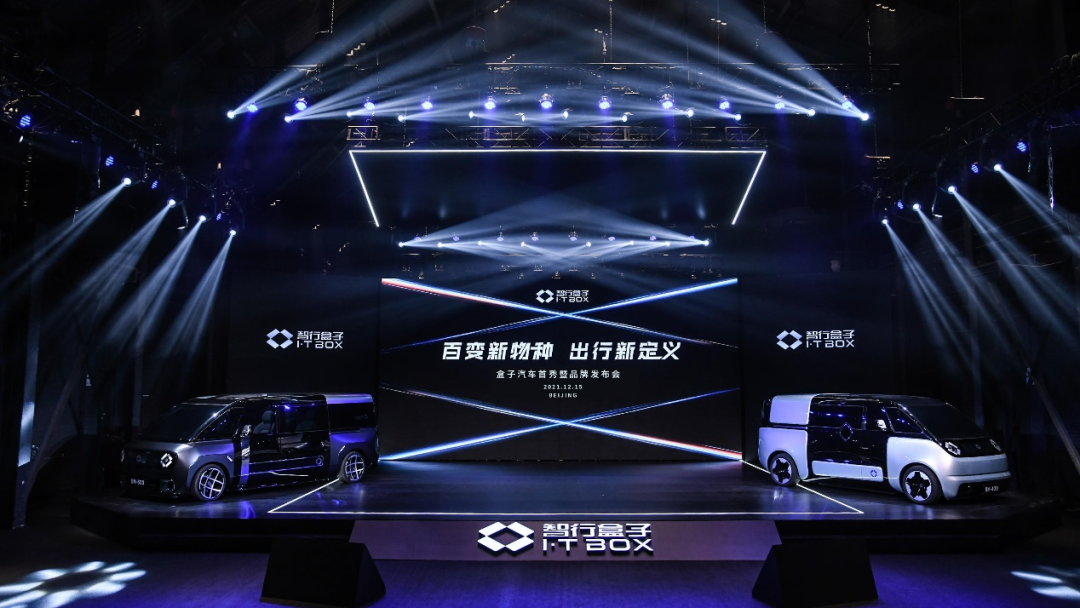Author: Twin-turbo little fatty
We often refer to brands such as NIO, XPeng, LI, WM, and Naza as “new forces” in the automotive industry. However, just as the year-end approaches, a group of people quietly jump out and grab this title, including “Boxy Car”.
What sets them apart is that while everyone else is focusing on the C-end consumer market for car manufacturing, Boxy Car unexpectedly shifts its focus to the B-end market.
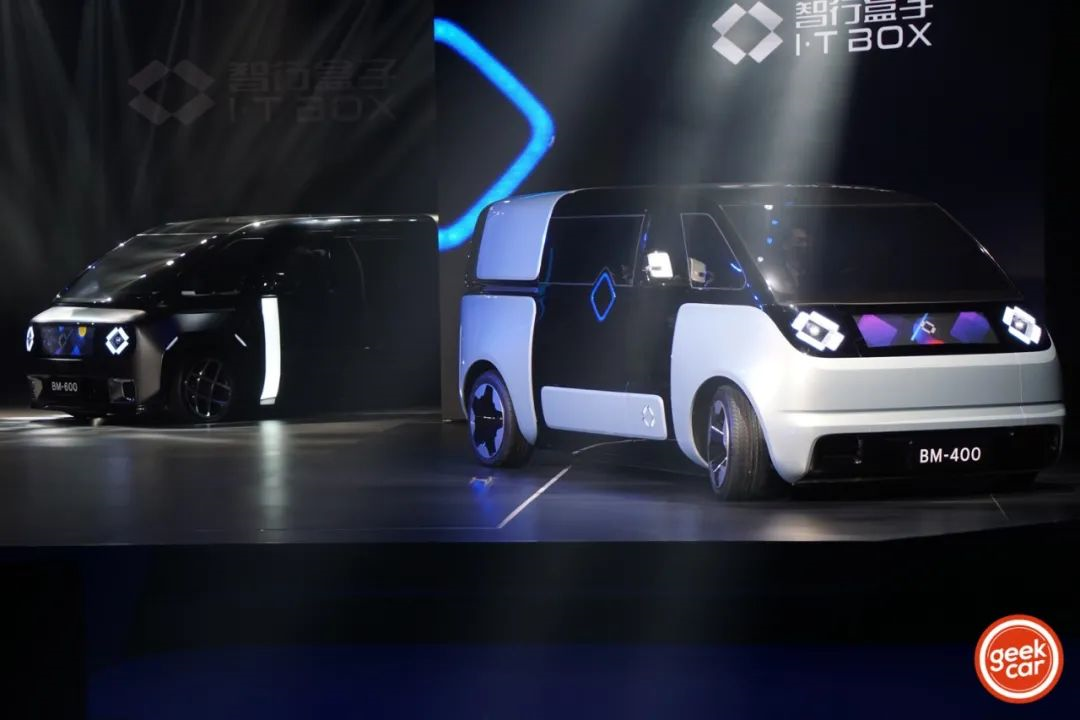
Does this sound familiar? Yes, the last time this was done, it was the joint effort of Didi and BYD with the D1 model.
Last night, Boxy Car held a brand and vehicle debut event. Let’s take a look at what Boxy Car plans to do and what it has done.
A sense of familiarity
Let’s start with the products.
Boxy Car focuses on the B-end racetrack and released two models at yesterday’s launch, BM-400 and BM-600. Let’s first look at the known information of these two cars:
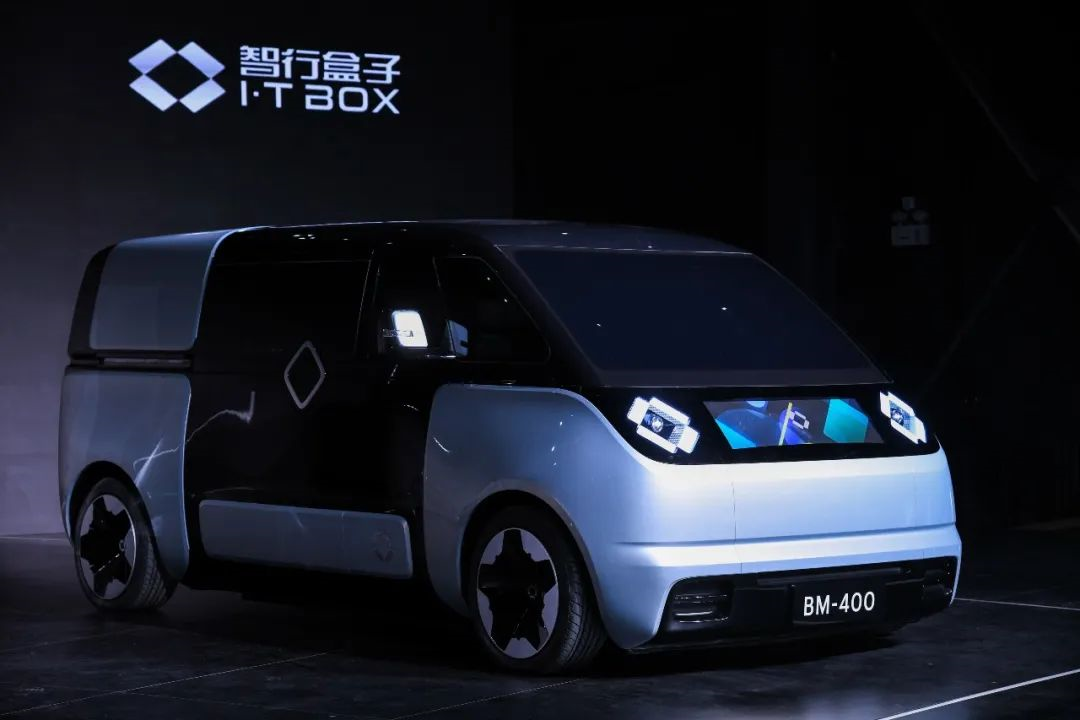
BM-400 (available in Q4 2023)
- Dimensions: Length 4530mm, Width 1900mm, Height 1790mm, Wheelbase 2850mm
- NEDC range: 420km, 530km
- Supports 600V fast charging, and battery swapping
- Three rows of five seats layout.
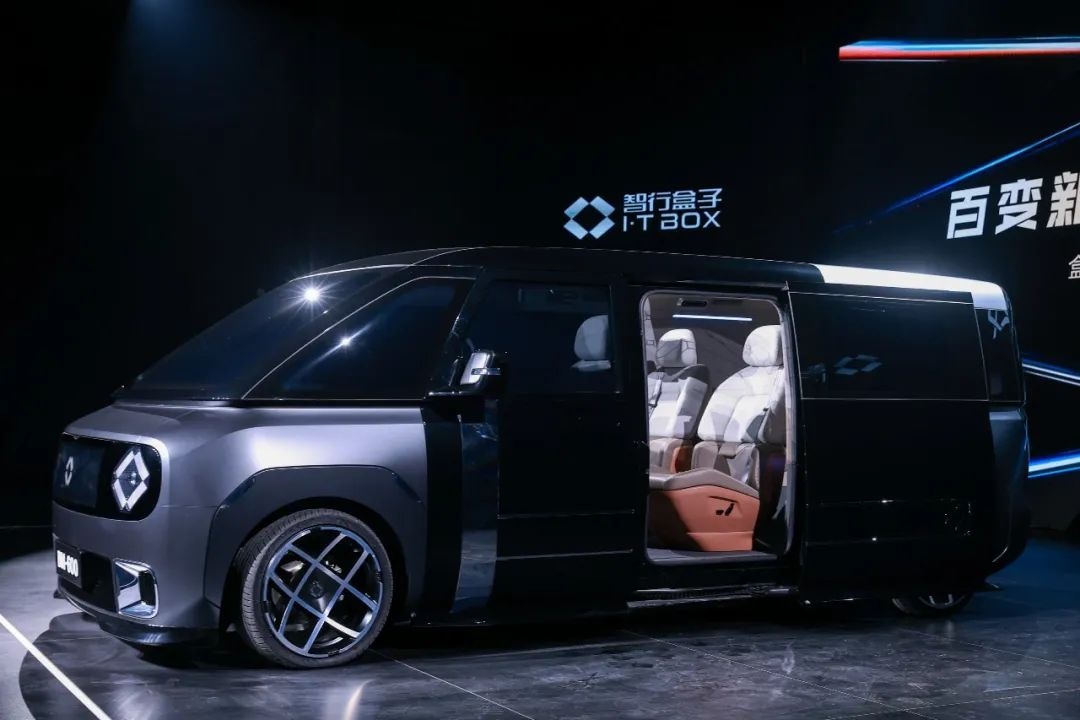
BM-600 (available in Q3 2024)
- Dimensions: Length 4900mm, Width 1900mm, Height 1790mm, Wheelbase 3100mm
- NEDC range: 600km
- Supports 600V fast charging
- Three rows of six seats layout.
According to the information provided by Boxy Car, BM-400 is targeted at the professional car, ride-hailing, and taxi markets, while BM-600 is targeted at the mid-to-high-end leasing market, and will continue to explore the high-end lease and Robotaxi markets in the future. Currently, the BM-400 model has won 42,000 intended orders.
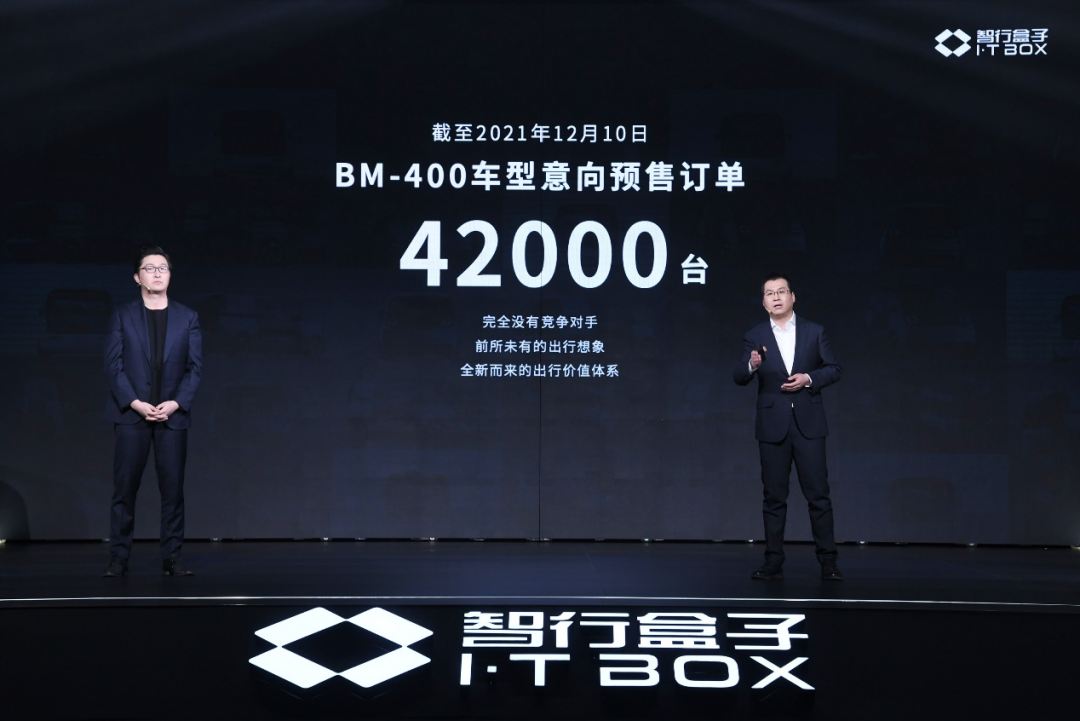 The appearance design of the two car models really looks like a “box”, and the design of both cars is simple and futuristic. But as a car model for the travel industry, the real design should be inside the car.
The appearance design of the two car models really looks like a “box”, and the design of both cars is simple and futuristic. But as a car model for the travel industry, the real design should be inside the car.
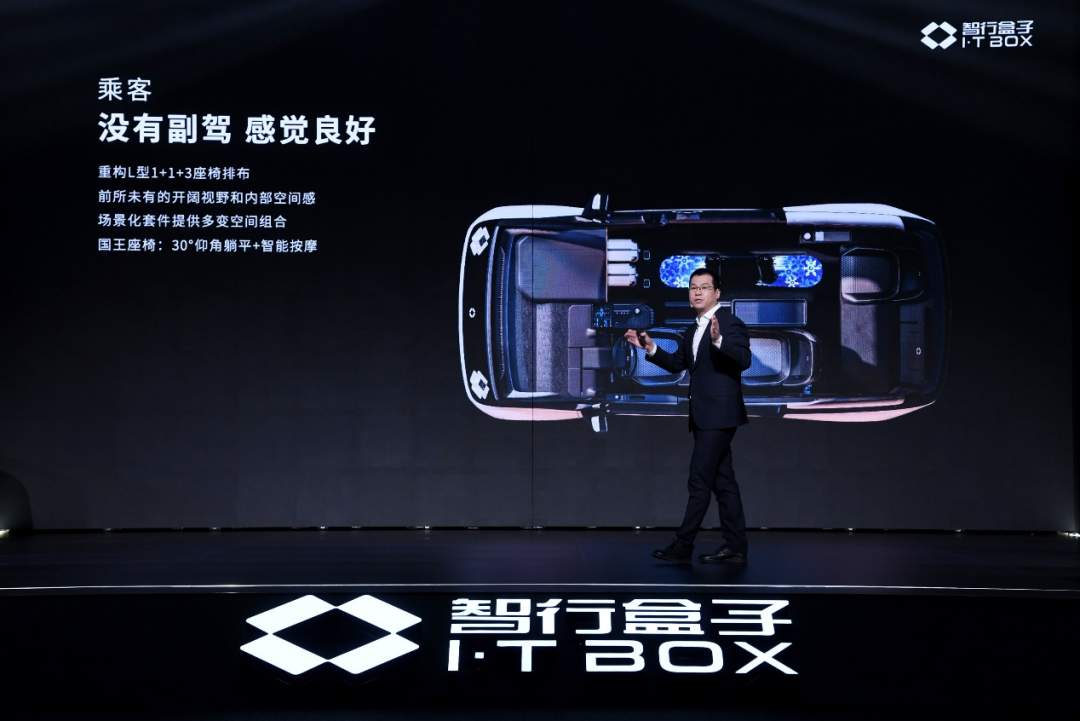
Take the BM-400 model as an example, the interior of the car adopts a “1+1+3” three-row and five-seat layout. The co-pilot seat is removed and replaced by storage space for luggage and an automatic vending machine.
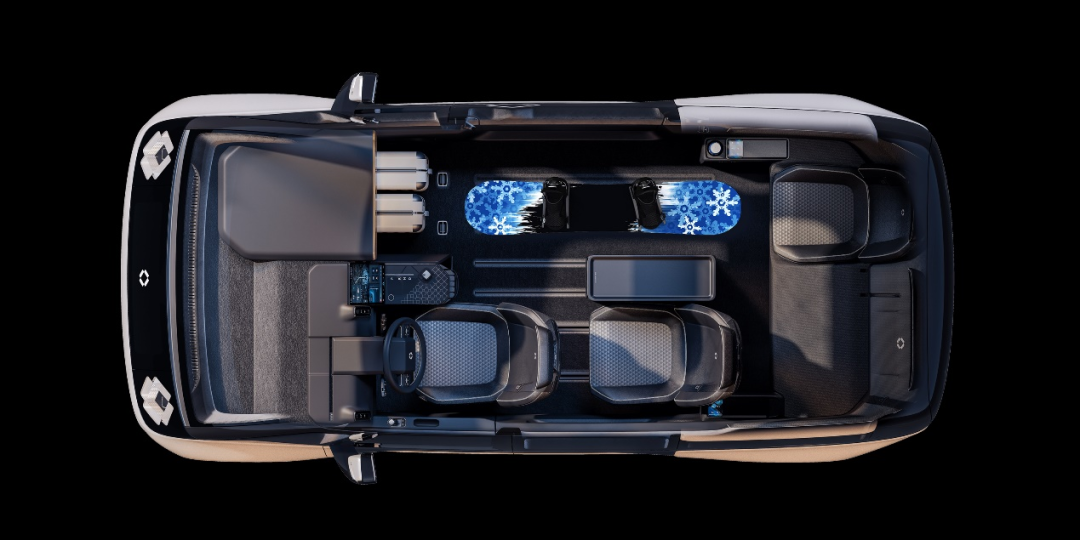
The second row also adopts a single-seat design, and the area near the sliding door is left empty, one is to facilitate the third-row passengers to get on and off, and the other is to place and fix wheelchairs for disabled users.

One of the three seats in the third row is designed as a single seat, called the “King’s Seat”, which is a business seat with a leg rest and a 30° angle.
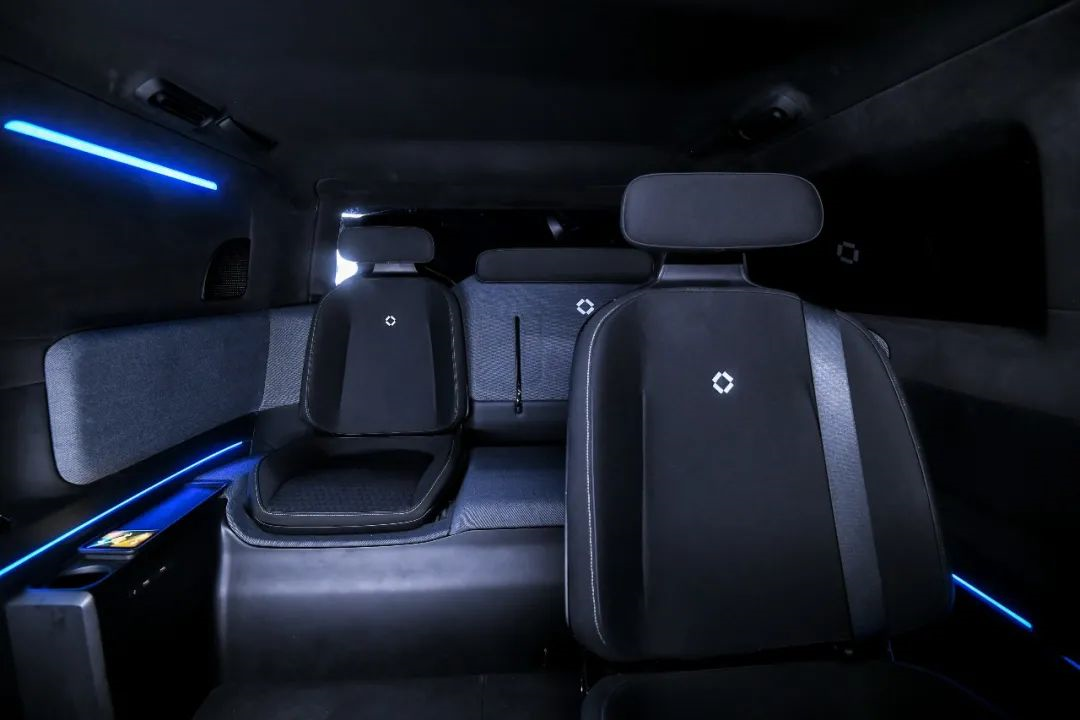
Regarding the car design part, these are currently the only information we can get, so next I want to talk about “what I want to say”.
Going back to a week before the press conference, I attended a closed-door viewing of the BM-400 model. The first impression that was left on me was: Is the Chinese version of Canoo coming?
Do you still remember the electric vehicle start-up company Canoo in Los Angeles, USA, and their first electric vehicle product – Canoo EV?
If you can’t remember, take a look at a few pictures to recall.
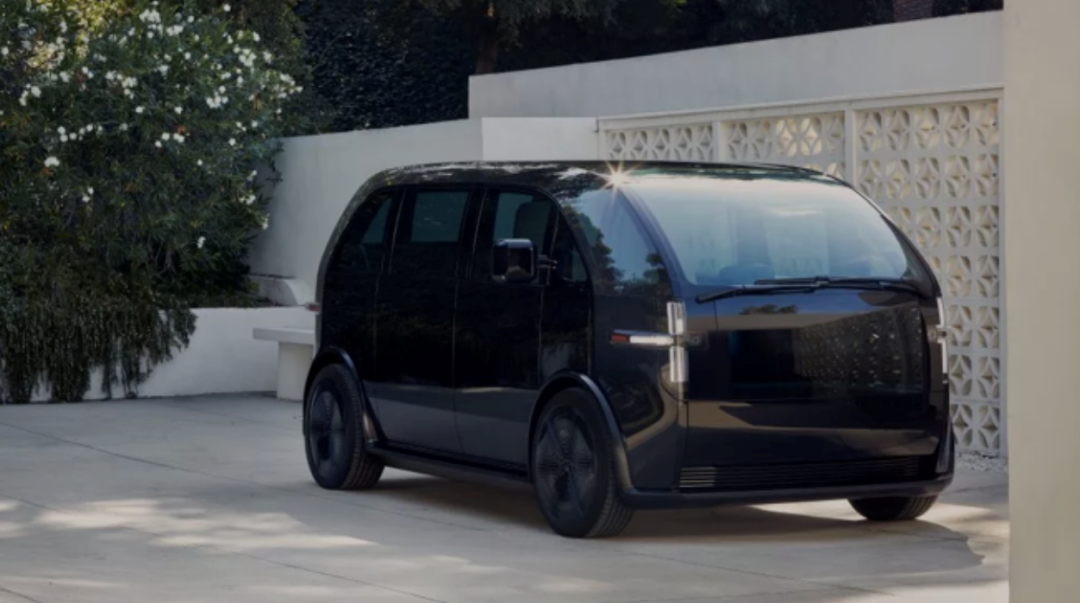
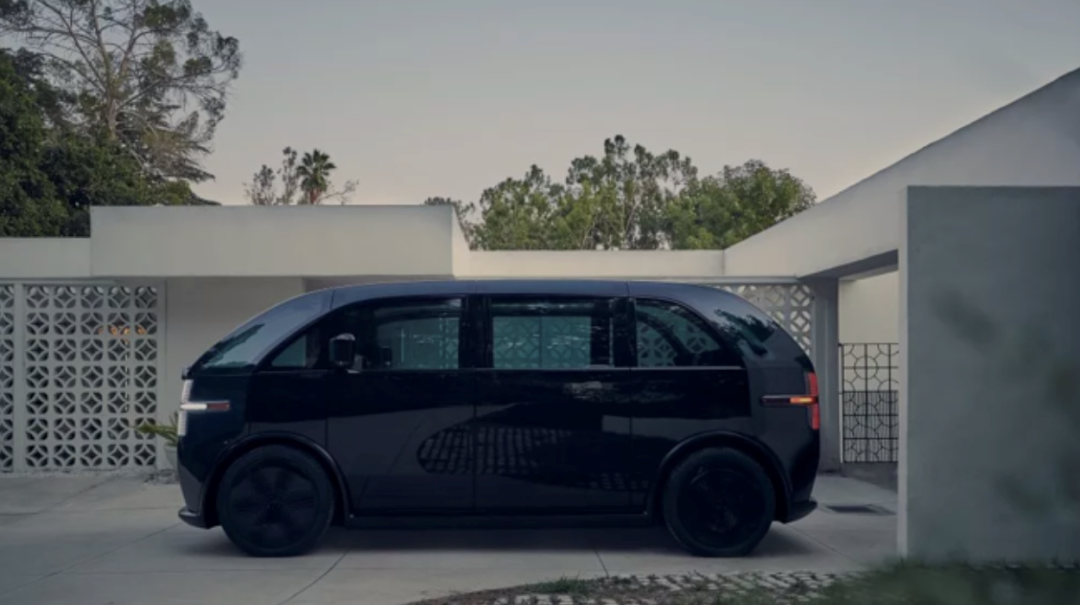
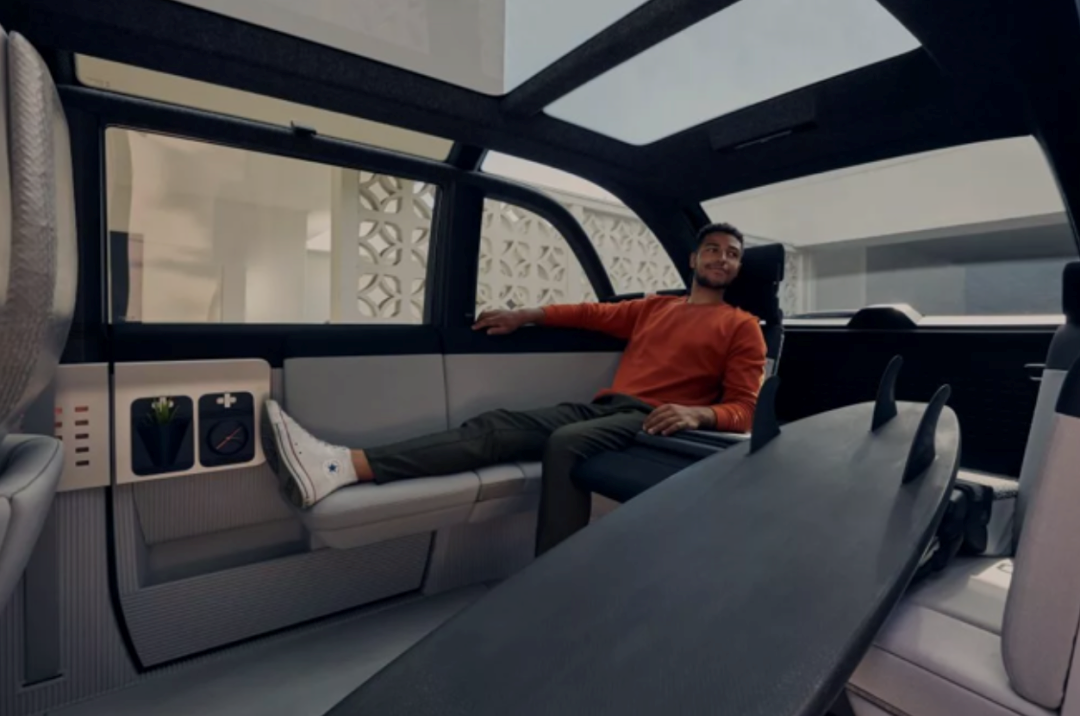
First of all, in terms of appearance, the two car models of Box Auto also adopt such a minimalist design, and Canoo’s design concept is called Mobility box, which can be directly translated as “mobile box”.
Although there are some differences in the cockpit layout and design between the BM-400 of HeBox and the Canoo EV of Canoo, both models have abandoned the traditional seat layout, and have also made a lot of considerations for more travel modes and scenarios.
While not exactly the same, they are somewhat similar.
Doubts arise in my mind
Both the BM-400 and BM-600 models are based on the “self-developed” Octopus 1.0 platform modular chassis, and the two vehicles share 95% of their parts.
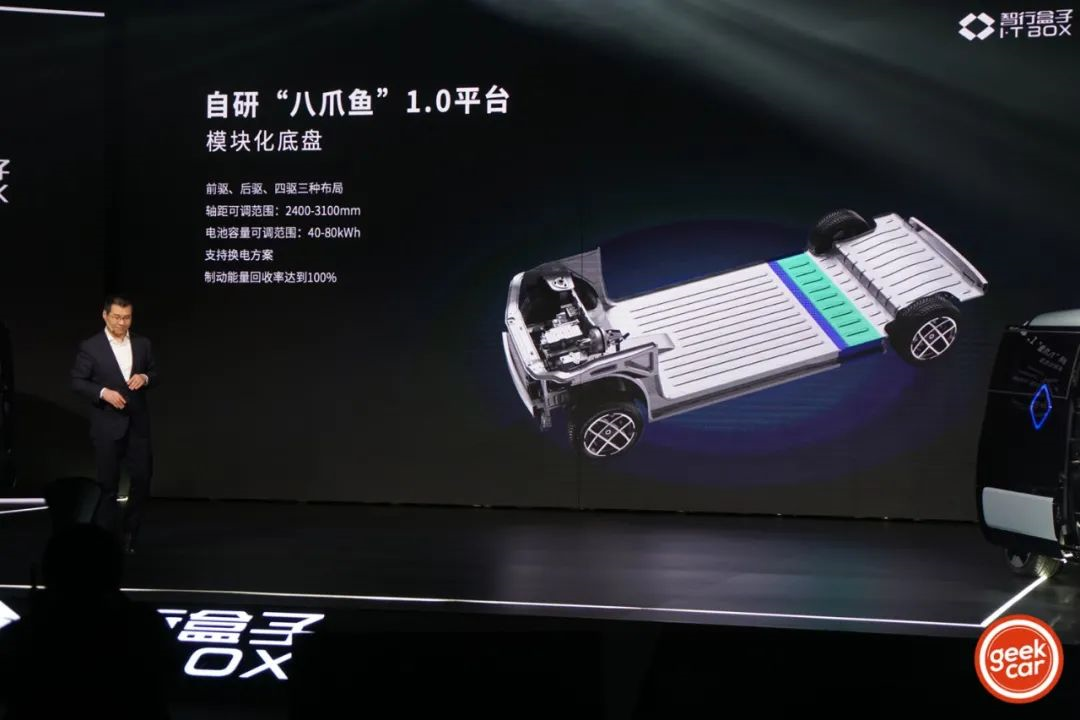
From the vehicle data, it can also be seen that the two vehicles only differ slightly in length and wheelbase; in other words, the BM-600 can also be referred to as the “BM-400 L”.
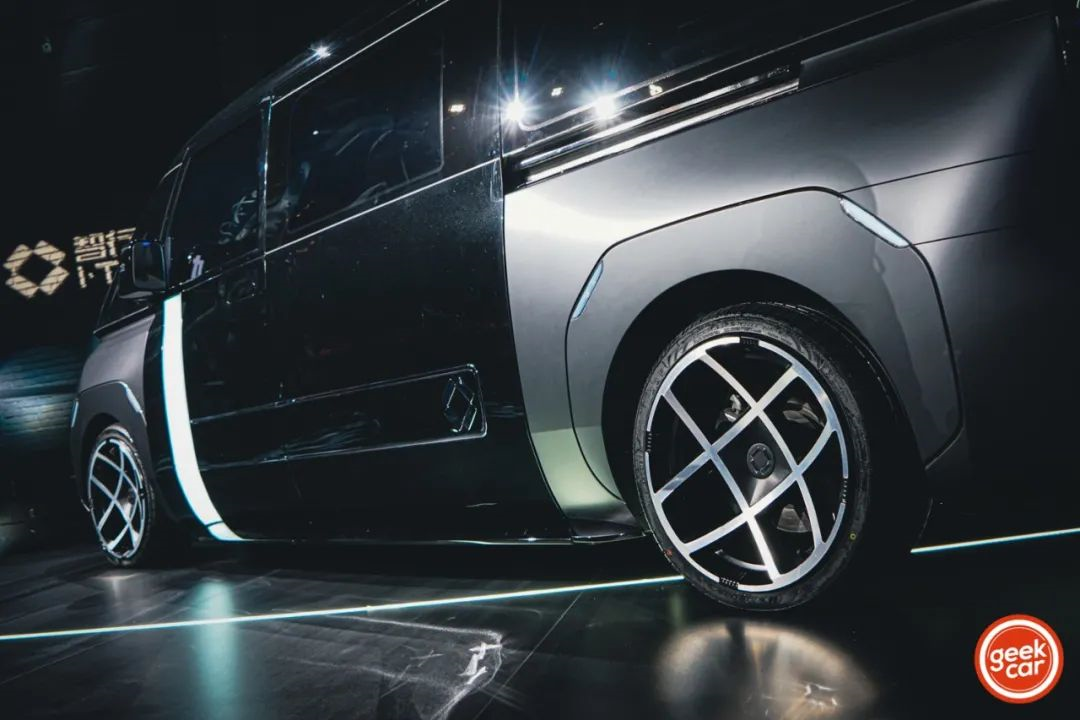
HeBox has provided the following information:
The Octopus 2.0 platform will be completed in May 2022, which will support front-wheel drive, rear-wheel drive, and all-wheel drive, adopt a CTC structure for the power battery, and the front suspension will be fully carried over from the first-generation platform. Meanwhile, a skateboard platform with wire-controlled braking and wire-controlled steering will be adopted to further realize advanced intelligent driving functions.
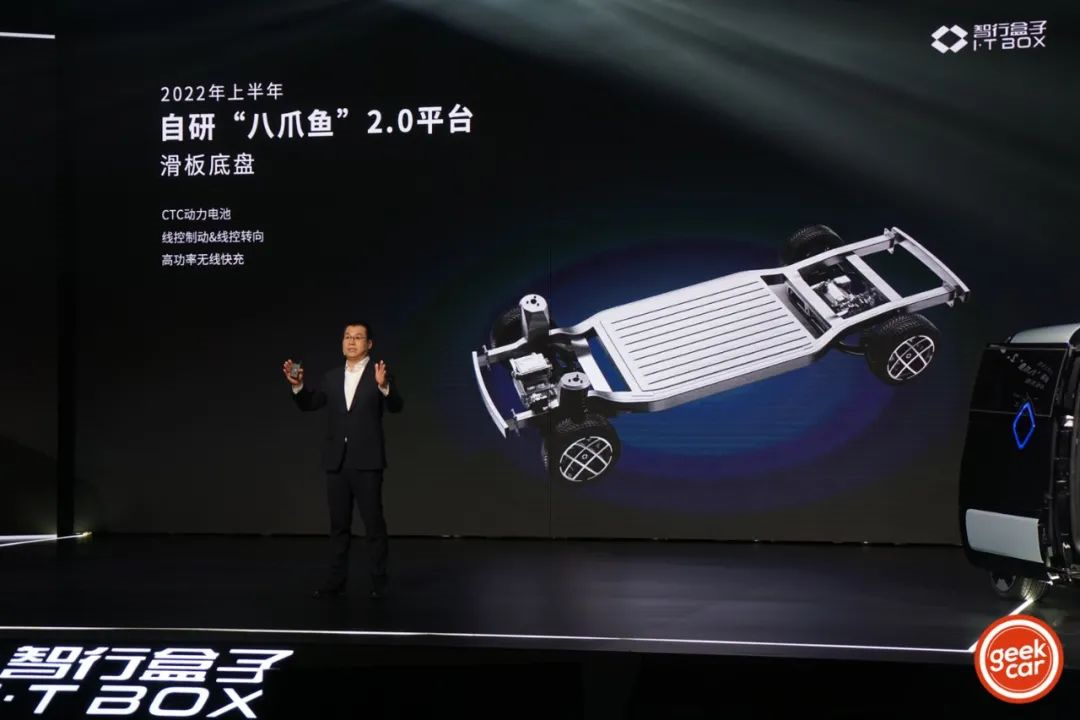
As for the CTC structure of the power battery, it stands for Cell to Chassis, which does not have independent packs or modules, nor even independent battery packs. Instead, the battery cells are directly installed on the chassis, and the battery case becomes part of the vehicle structure. This can effectively reduce the number of parts and the total weight of the battery pack, reduce production processes, and thus improve efficiency, reduce costs, and ultimately increase the range of electric vehicles.
Currently, Tesla is the only well-known automaker that will adopt CTC structure on models using the 4680 battery in 2022, and Contemporary Amperex Technology (CATL) will introduce CTC battery technology around 2025.
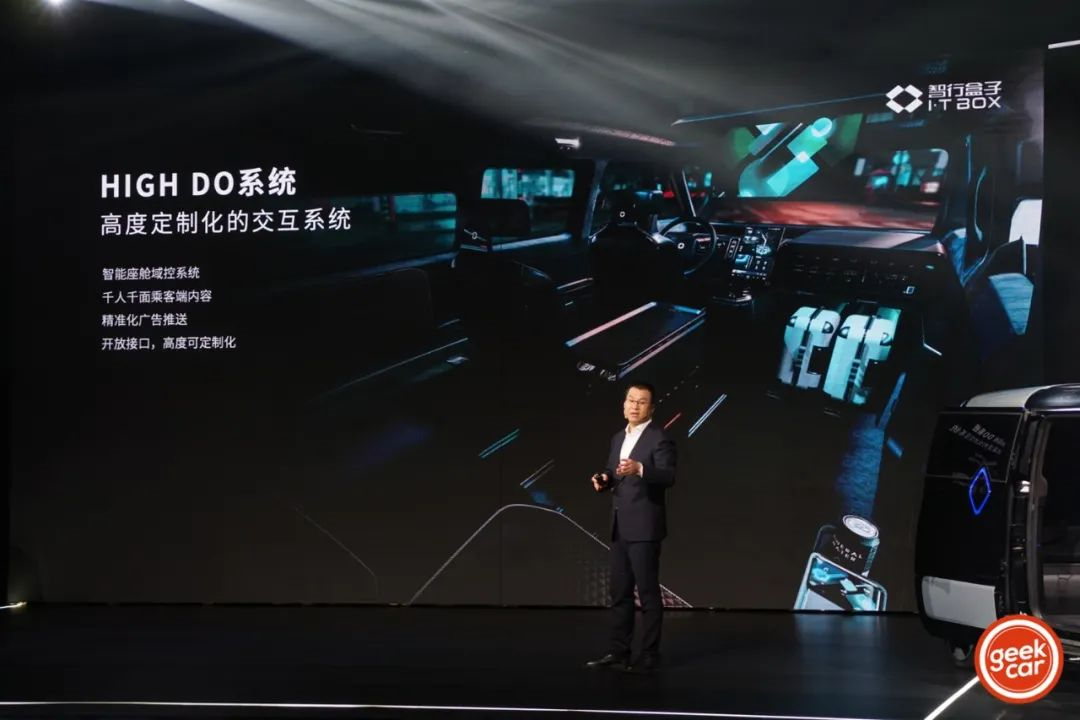 For the currently launched BM-400&600 models, Hezi Motors has created an interactive system, named HIGH DO, which covers cities, operating companies, driver-side and passenger-side. It can provide entertainment services such as car-mounted large-screen entertainment systems, in-car computer vision technology application, car networking, in-car intelligent control, and large-screen entertainment services such as games, live broadcasting, demand broadcasting, and karaoke. At the same time, by accessing smart cities and smart transportation, it can provide city promotional video advertising services, city specialty ordering, and other consumption experiences inside the car.
For the currently launched BM-400&600 models, Hezi Motors has created an interactive system, named HIGH DO, which covers cities, operating companies, driver-side and passenger-side. It can provide entertainment services such as car-mounted large-screen entertainment systems, in-car computer vision technology application, car networking, in-car intelligent control, and large-screen entertainment services such as games, live broadcasting, demand broadcasting, and karaoke. At the same time, by accessing smart cities and smart transportation, it can provide city promotional video advertising services, city specialty ordering, and other consumption experiences inside the car.
However, as for the true appearance of HIGH DO, Hezi Motors did not elaborate further at the press conference.
In addition, Wang Zhe, co-founder of Hezi Motors and chairman of Yougan Technology, mentioned that Hezi Motors plans to have two ultra-fast charging pile solutions, 240 kW and 480 kW, with a maximum voltage of up to 1000V. This set of equipment has the advantages of power sharing, intelligent scheduling, matrix control, flexible charging, and intelligent charging. It is expected to achieve a range of more than about 200 kilometers after 10-minute charging in 2022 and a range of more than 400 kilometers after 10-minute charging in 2023.
Previously, Guangqi Aion also announced this technology, involving the AION V model equipped with 6C super-fast charging battery technology. The 6C super-fast charging battery technology is designed to work with high-power charging piles of 480 kW, and when the AION V model with super-fast charging battery technology is charged, the maximum voltage can reach 900V, and the maximum charging current is more than 500A.
Actually, it is understandable that with the current technology, the high-cost 1000V charging scheme is really difficult to promote and lay out quickly. Currently, the fastest and most accessible mass-produced power replenishment scheme, apart from NIO’s battery swap stations with the highest efficiency, should be Tesla’s V3 Supercharging Station, with a maximum charging power of 250 kW. When experiencing Tesla V3, I found that charging at full power for 30 minutes can replenish about 300 km of range.
In addition to the CTC battery structure and 1000V charging scheme, Hezi Motors’ Octopus 2.0 platform even mentions wire-controlled brakes and wire-controlled steering technology.
Therefore, I still hold a doubtful attitude towards whether the “just debuted” Hezi Motors can really implement these technologies on the Octopus 2.0 platform half a year later.
FinallyCompared with the D1 model jointly created by Didi and BYD, both models have the same starting point and will be put into the online ride-hailing market. However, the core of Hozon Auto is “selling space”, creating diverse travel scenes that suit users through innovation in travel space.
For today’s auto industry, the B-end market is still a blue ocean, but it is still unknown how much market share Hozon Auto can capture.
At the press conference, Hozon Auto co-founder and Sensible 4 Chairman Wang Zhe said a sentence: “It’s ridiculous to use a low-end private car for online ride-hailing!”
This sentence seems to reflect the “arrogance” inherent in Hozon Auto.
This article is a translation by ChatGPT of a Chinese report from 42HOW. If you have any questions about it, please email bd@42how.com.
